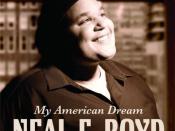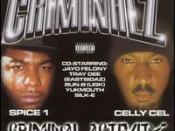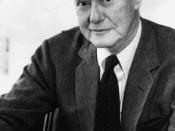Subcultural Theory is a term used to describe how society is divided into two groups; those whose members can conform to moral and law abiding rule, generally thought of as being white middle class, and those whose members commit crime, usually young working-class males. It attempts to explain why some people resort to crime in order to achieve desires and how they have 'amended' rules in order to justify their criminal behaviour.
One of the most influential sociologists from the functionalist perspective was Robert Merton (1938). He studied young males in America and argued that everybody shares the same goals, when some cannot attain these goals, anomie occurs, which is a sense of alienation and disorientation from society. American teens are taught to believe in the 'American dream', and therefore believe that anything they desire is attainable, mainly material goods. Merton claimed that goals were linked to a person's position in the social structure; those in lower classes had restricted goals.
He claimed that the system works well when there is a reasonable chance for people to achieve these goals, however if they are unable to achieve their socially set goals they become disenchanted with society and seek an alternative way of behaving, often deviant. This was described as strain to anomie. It was suggested that individuals turned to crime, drug addiction and violence when they were unable to attain the legal socially approved goals that society provided. He developed four deviant adaptations which enabled them to do this; Innovation, Ritualism, Retreatism and Rebellion. The first deviant adaptation, Innovation, argues that those at the bottom of the class system have fewer opportunities to achieve their goal. They are less likely to attain qualifications. This leads to their routes to success being blocked, which puts pressure on them to reach these...


